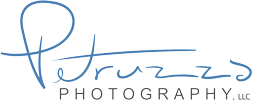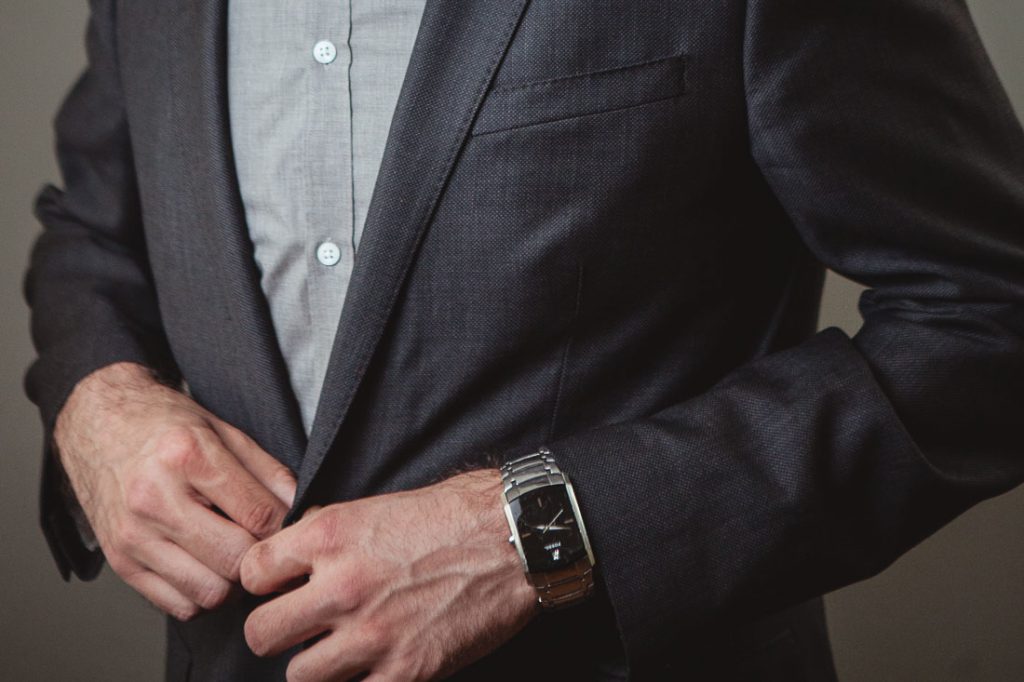We get asked about what to wear a lot. It’s not (ahem just) that we’re excellent dressers. It’s that we spend a lot of time looking at people and imaging what impressions they are giving off. The clothing you wear in your headshot might be subtle, but it matters. So I always respond to that question with another question. I always ask them about whose attention they need to get.
I think it’s safe to assume that if you are some kind of professional, you have heard the sometimes mocked advice, “dress for the job you want, not the job you have”. Taken to silly extremes, it’s very bad advice. But at its core it’s about getting the the attention of the right people. If you were looking for a promotion, you’d want to dress just as formally as you would once you’re in that role.
Of course, this description probably conjures up images of people looking very expensive. Luckily that’s not what it’s about.
Let me tell you a story. I was around 23 years old, my business had been going long enough for me to feel confident, but not quite long enough to not come across like I was trying too hard. There was one evening around the holidays that I’d been invited to two parties. Both were potentially good networking opportunities. So, feeling rather high on my horse, I dressed the way my mind’s eye thought I should be seen: more formally than usual.
I arrived in Annapolis for the first party a little early. I was surprised to find that I was the first one there. I enjoyed a nice one-on-one with the host, who I was meeting for the first time, and was wearing jeans and a t-shirt. A few minutes later, the next guest showed up. Then the next, then the next. They were all dressed noticeably “below” me. It became embarrassing as multiple guests jestingly commented on my attire. Though they weren’t bad per se, impressions I made that night were not what I wanted..
But it didn’t end there. As I left, I reflected on why I’d decided to dress up and concluded it was silly. The second party was in DC, so I decided to make a pit stop at home in Bowie first. While there, I switched into some clothes that were sure to avoid a repeat of my recent discomfort. Or so I thought.
Sitting in the parking lot before entering the second party, I saw someone wearing a tie go in and I knew I was in trouble. My fears were confirmed as I walked in to discover I’d misread things again and I was kicking myself for leaving my blazer at home. Of course, it’s much less courteous to tease someone for not dressing well enough, than for dressing too well, so I didn’t hear about it. But no meaningful relationships were born there either. I hadn’t made an effective impression.
Ultimately, in both situations, truly authentic confidence would have made up for it. But my confidence was feigned at the time–and as professionals, sometimes that’s what we have to do. At that stage in my career, the real mistake I made was not about confidence, and the lesson here is much more narrow. The mistake I made was about perspective–I was thinking about how I wanted to see myself, not how I wanted these potential clients and acquaintances to see me. I made the same mistake twice that night, just to really hammer it home.
The clothing you wear for your headshot holds the same lesson. You want to stand out and fit in with your clients–with the people whose attention you need to win. In both of my examples, I stood out, but I didn’t fit in. I should have fit in with my clothes and stood out with my passion.
When you think about what you should wear in your headshot, think about what your clients wear, what your boss wears, what colleagues wear. Decide who your audience is. If you have multiple audiences, consider having multiple headshots created that will appeal to each of them. The headshot you use in the office newsletter may be different than the one you use for your clients, or for a job recruiter.

